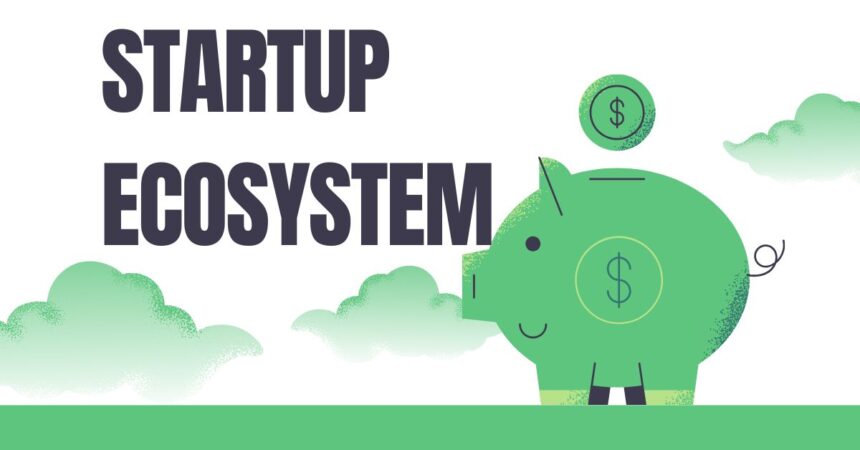The startup ecosystem refers to the interconnected network of resources, people, organizations, and institutions that support and nurture startups at every stage of their journey. It includes entrepreneurs, investors, accelerators, incubators, universities, service providers, and government agencies, all working together to create an environment conducive to innovation and growth.
Startups thrive in a well-established ecosystem because it provides access to funding, mentorship, networking opportunities, and a talent pool, all of which are essential for success. A robust startup ecosystem can transform a local economy, drive innovation, and create jobs.
Key Takeaways
- The startup ecosystem consists of various players like investors, mentors, accelerators, and government agencies.
- It fosters collaboration and innovation by providing access to resources and networks.
- A strong ecosystem is essential for startups to scale and succeed.
- Examples of thriving ecosystems include Silicon Valley, Bengaluru, and Tel Aviv.
Key Elements of a Startup Ecosystem
- Entrepreneurs: The heart of the ecosystem, entrepreneurs bring ideas to life and drive innovation.
- Example: Elon Musk’s ventures, such as SpaceX and Tesla, demonstrate how entrepreneurs can leverage an ecosystem to scale groundbreaking ideas.
- Investors: Angel investors, venture capitalists, and private equity firms provide the funding startups need to grow.
- Example: Sequoia Capital and SoftBank have invested in startups like Airbnb and Uber, helping them scale globally.
- Incubators and Accelerators: These organizations provide mentorship, funding, and resources to help startups in their early stages.
- Example: Y Combinator, an accelerator, has launched successful startups like Dropbox and Reddit.
- Service Providers: Lawyers, accountants, marketing agencies, and technology providers offer essential support services.
- Example: AWS Activate provides cloud services tailored for startups, helping them manage costs efficiently.
- Educational Institutions: Universities often act as hubs for innovation by providing research, talent, and infrastructure.
- Example: Stanford University has contributed significantly to Silicon Valley’s success by fostering entrepreneurship.
- Government Support: Policies, grants, and startup-friendly initiatives can catalyze ecosystem growth.
- Example: India’s Startup India initiative offers tax benefits, funding support, and resources to new ventures.
Benefits of a Thriving Startup Ecosystem
- Collaboration: Ecosystems encourage partnerships between different players, enabling startups to grow faster.
- Access to Talent: A concentrated pool of skilled professionals makes hiring easier.
- Funding Opportunities: Startups gain access to angel investors, venture capital, and grants.
- Knowledge Sharing: Events, meetups, and mentorship programs allow startups to learn from experienced professionals.
Challenges in Building a Startup Ecosystem
- Resource Scarcity: Limited access to funding, talent, or infrastructure can hinder growth.
- Competition: High competition for resources and market share can be challenging for new startups.
- Policy Barriers: Regulatory hurdles and bureaucratic processes can slow down innovation.
Example of a Successful Startup Ecosystem
Silicon Valley is the gold standard of a startup ecosystem. It hosts thousands of startups, major venture capital firms, and globally renowned companies like Apple, Google, and Facebook. The ecosystem thrives on innovation, collaboration, and a culture of risk-taking.





